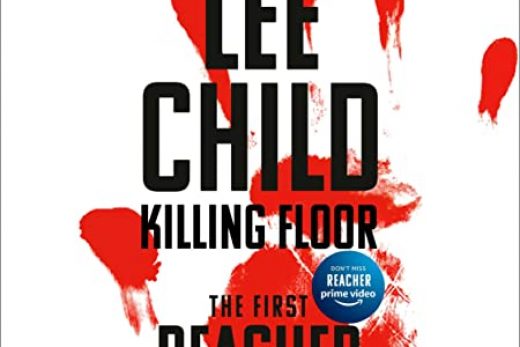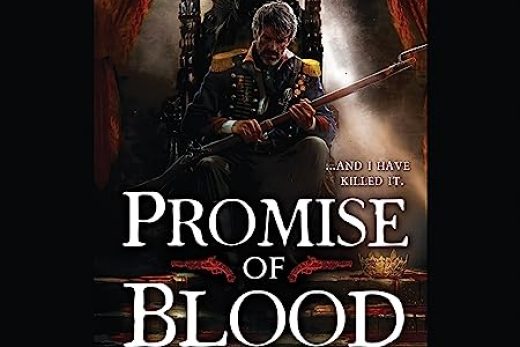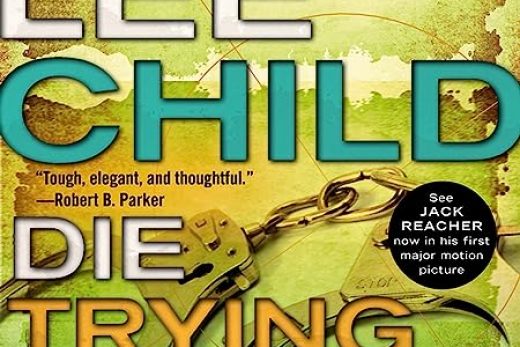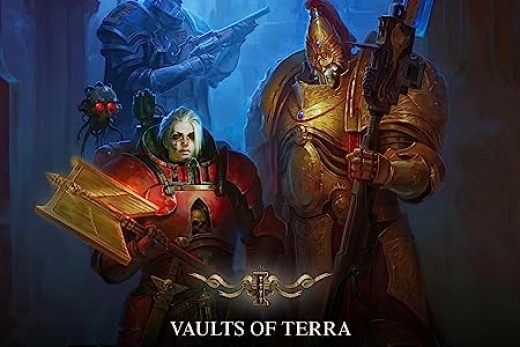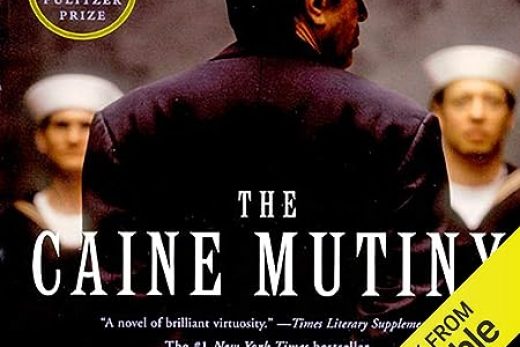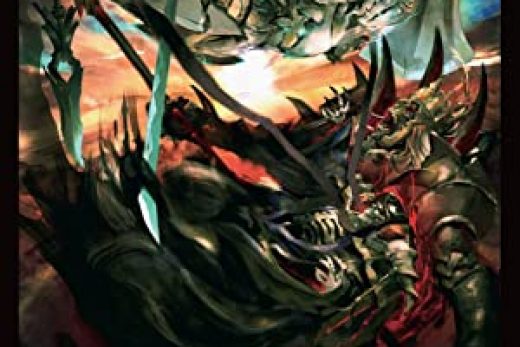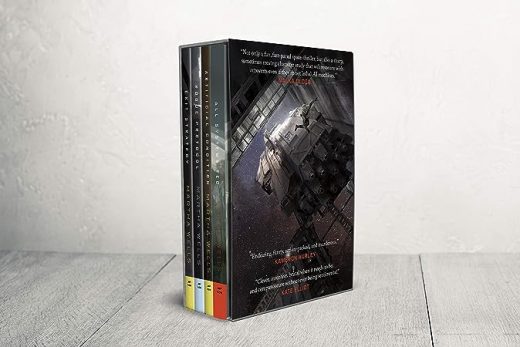Step into a thrilling virtual universe with Ernest Cline’s novel, Ready Player One. This captivating story, set in a dystopian future, follows the protagonist, Wade Watts, as he embarks on an epic quest within the online world known as the OASIS. The narrative explores themes of virtual reality, escapism, and the consequences of a society increasingly dependent on technology. In this essay, we’ll delve into the world of Ready Player One, examining its key elements and posing questions that challenge our understanding of reality.
Ready Player One takes place in the year 2045, where the world has been ravaged by an energy crisis, environmental disasters, and economic collapse. The OASIS, a virtual reality platform created by the genius James Halliday, offers an escape from the bleak reality people face daily. The OASIS has become an essential part of everyday life, with users relying on it for education, work, and entertainment.
The story begins with the death of Halliday and the announcement of his final game, a treasure hunt hidden within the OASIS. Whoever solves the riddles and finds the Easter egg will inherit his vast fortune and control over the OASIS itself. Wade Watts, a teenager from a poor background, becomes obsessed with the hunt and eventually stumbles upon the first clue.
Wade, under his online avatar Parzival, forms alliances with other “gunters” (Egg hunters) like Art3mis, Aech, and Shoto. They face stiff competition from the corporate giant, Innovative Online Industries (IOI), which seeks to control the OASIS for its nefarious purposes.
Ready Player One expertly blends 1980s pop culture with futuristic technology, creating a unique and immersive world. The story explores the blurred lines between reality and virtual reality, examining the consequences of an overreliance on technology and the potential loss of genuine human connection.
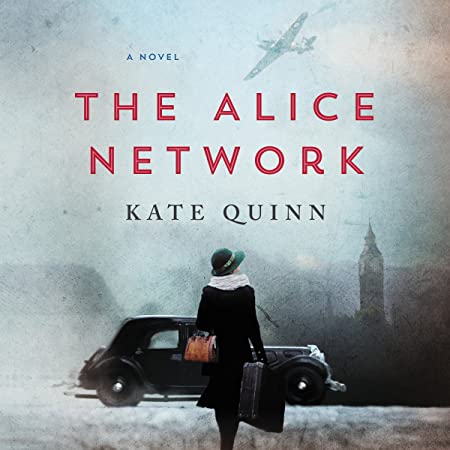
The world in Ready Player One serves as a cautionary tale, highlighting the potential dangers of relying too heavily on technology. The novel presents a future where people have become increasingly isolated from one another, preferring the virtual world to reality. This is a relevant concern as technology continues to advance, raising questions about the balance between virtual and real-life experiences.
2. What role does nostalgia play in the novel, and how does it connect with the characters and the reader?
Nostalgia is a significant theme in Ready Player One, as the characters immerse themselves in the pop culture of the 1980s. This connection to the past allows them to find solace in a shared cultural experience, forming bonds with one another despite the physical distance. For the reader, nostalgia serves to draw them into the world of the OASIS and creates a sense of familiarity, allowing them to connect with the characters and their experiences.
3. How does Ready Player One challenge our understanding of reality?
Ready Player One blurs the lines between virtual reality and the real world, prompting readers to question the nature of reality itself. The novel raises the question of whether experiences in a virtual world can be considered genuine or hold the same value as those in the physical world.
